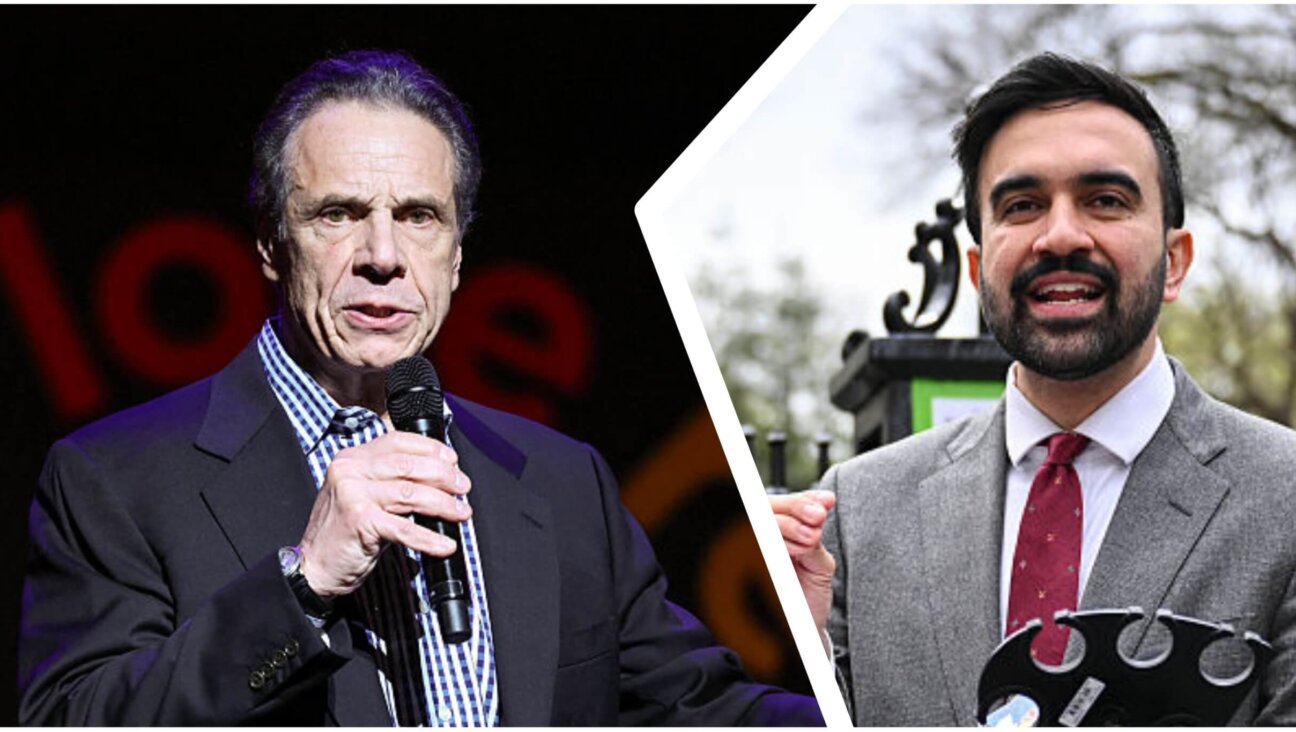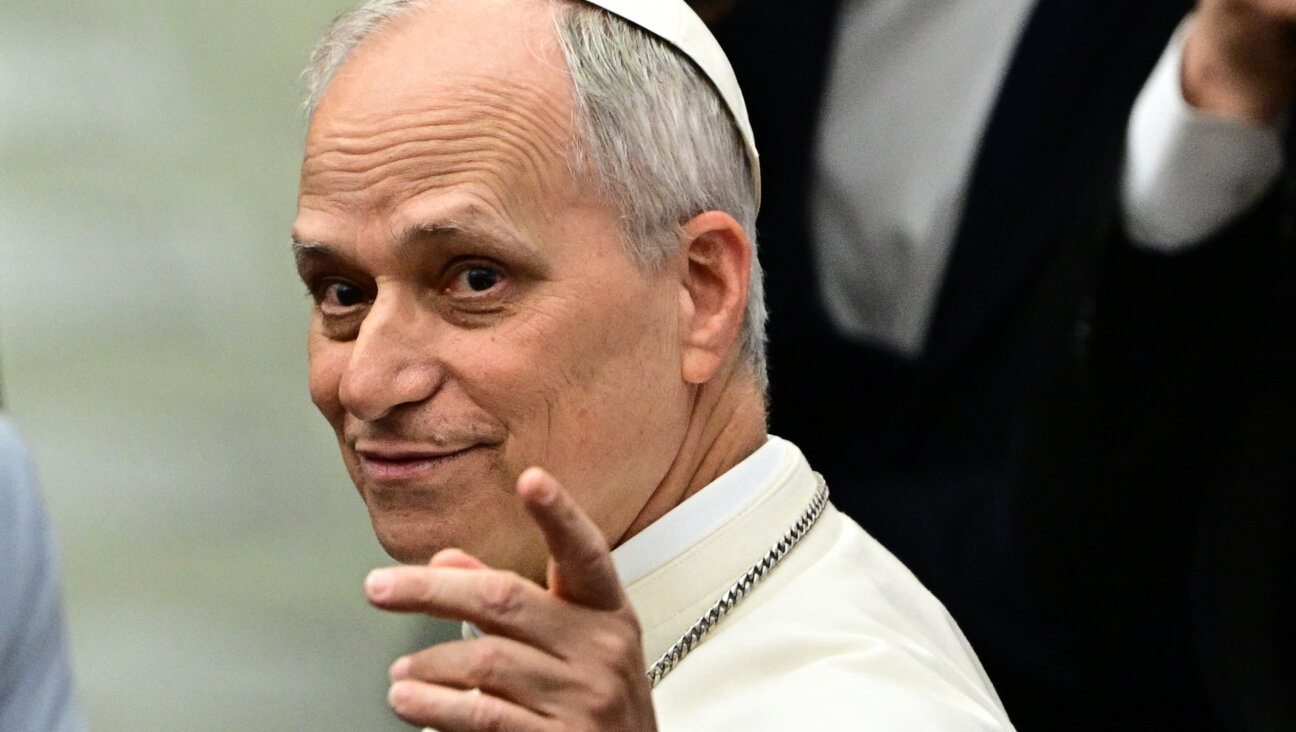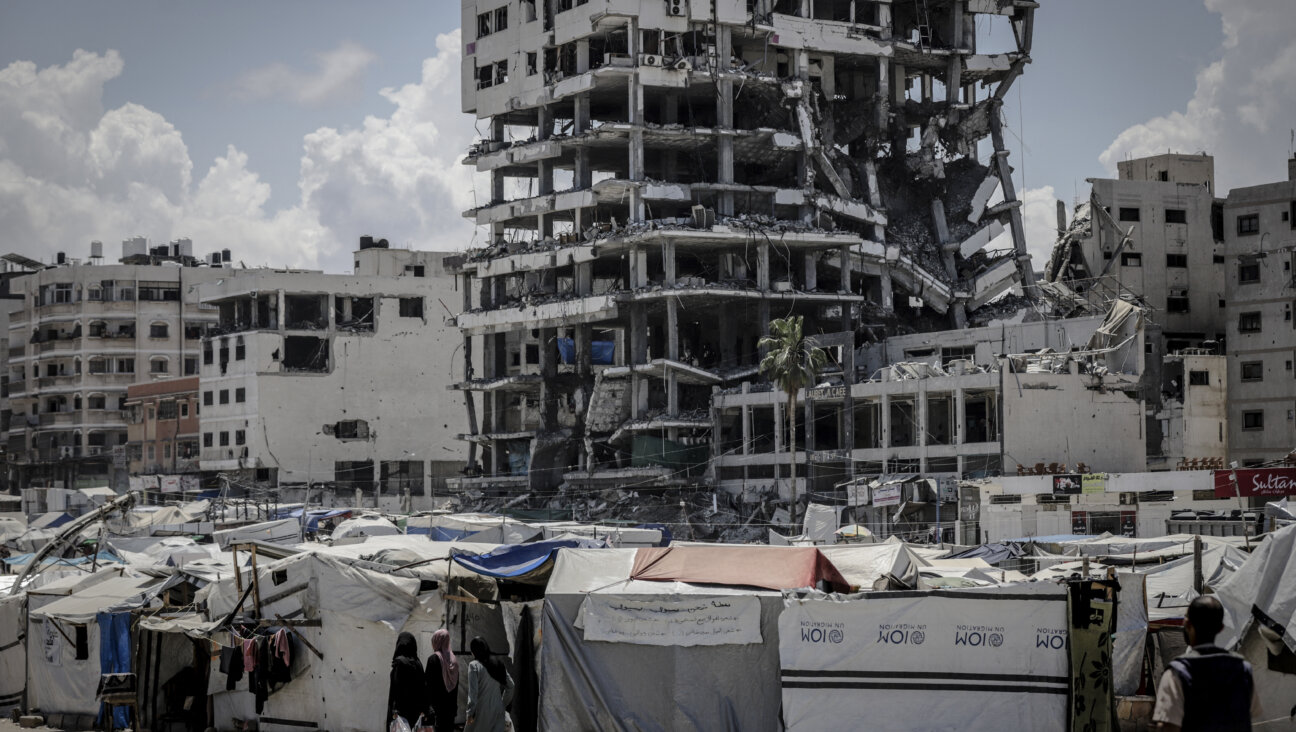Is Israel’s Fast-Growing Population Its Biggest Threat?

Israel’s birth rate, the highest in the developed world and once seen as a survival tactic in a hostile region, could be its undoing unless measures are taken to reverse the trend.
The average Israeli woman has three babies in her lifetime, nearly double the fertility rate for the rest of the industrialized countries in the OECD. That, accompanied by heavy Jewish immigration from the former Soviet Union, has seen Israel’s population double in the last 25 years.
The birth rate is even higher among Israel’s Arab community and more than double among its ultra-Orthodox Jews, two groups that also have low participation in the workforce, dragging the economy down.
Today’s population of 8.4 million is forecast to reach 15.6 million by 2059 and 20.6 million in a high case scenario, meaning the small country could simply run out of room.
“Israel is on the road to an ecological, social and quality of life disaster because as the population density rises it becomes more violent, congested and unpleasant to live in and with absolutely no room for any species other than humans,” said Alon Tal, a professor at Ben-Gurion University’s Institutes for Desert Research and founder of the Green Movement party.
Israel has 352 people per sq km, up from 215 in 1990, and forecast by the Central Bureau of Statistics (CBS) to reach 501-880 in 2059.
Excluding the nearly empty Negev desert, which occupies more than half of Israel, population density jumps to 980 people per sq km, just a little below Bangladesh.
Perhaps most troubling, activists say, is that there is no national discourse or recognition that a problem exists. On the contrary, government policies are geared to encouraging a high birth rate.
The reasons are various, from the biblical command “Be fruitful and multiply” to the death of six million Jews in the Holocaust, to fears of being outnumbered by Arabs.
HYSTERIA
“Historically, Israeli demographic policy was formed by hysteria with regard to fear of an Arab demographic takeover, fueled by the rhetoric of politicians,” Tal said.
The number of Jews in the Holy Land is now roughly equal to the number of Palestinians – each around 6.3 million.
In the case of the Palestinians, that includes 1.75 million who are Israeli citizens and 4.55 million in the Gaza Strip, West Bank and East Jerusalem. The occupied territories are also home to half a million Jewish settlers.
Palestinian population growth easily outpaces Israel’s, with the average woman in the Palestinian territories having four children.
Israeli government policy encourages population growth with benefits such as child allowances, free schooling from the age of three and funding for up to four in vitro fertility treatments a year.
It also offers incentives to Jews abroad, and even to Israeli emigrants, to move to Israel, measures needed when Israel was founded in 1948 but perhaps less crucial when the population is surging.
“We forecast not to predict disaster but how to see the cliff that is coming up ahead, and there’s a cliff if we don’t change our behavior,” CBS demographer Ari Paltiel said.
Often a fast-growing population spurs the economy. But in Israel’s case the growth is in populations where employment rates are lowest. Among both Israeli Arabs and ultra-Orthodox Jews, workforce participation is around 40 percent, far lower than the 61 percent for Israelis overall.
In the case of Israeli Arabs, the figure is dragged down by women, traditionally encouraged not to work. Among the ultra-Orthodox Jews, it is dragged down by men, many of whom devote themselves to religious study while their wives hold low-paying jobs.
“From an economic viewpoint, the current reality is not viable,” President Reuven Rivlin told a recent conference.
Assaf Geva, a senior economist at the Finance Ministry, notes that by 2059, people aged 65 and over will make up 17 percent of Israel’s population compared with 10 percent now. Over the same timeframe, the percentage of Arabs in the population will grow to 23 percent from 20 percent.
Without adjustments, such as raising the retirement age and increasing ultra-Orthodox and Arab employment rates – measures the government is seeking to implement – he said the debt burden will jump to 88 percent of GDP by 2059, from 65 percent in 2022.
Paltiel, of the statistics bureau, said Israel “would go bankrupt” unless the levels of employment and contributions to social security funds were changed.
Population growth has already created shortages in Israel’s most precious resources – land and water – but the government is always looking for an easy solution, said Tammy Gannot, an attorney with the Israel Union for Environmental Defence.
To alleviate a water crisis Israel has invested billions of dollars in desalination plants, but they consume large amounts of energy and land.
To cope with a housing shortage, the government wants to create fast-track approval for building permits that critics say will put aside environmental concerns without considering infrastructure and public space needs.
The authorities have given the go-ahead for 20,000 Chinese workers to be brought to Israel to speed up construction. While that may help house Israelis, it may not help employ them.—Reuters





















